Advanced Science celebrates its new impact factor with the publication of an exclusive review issue.
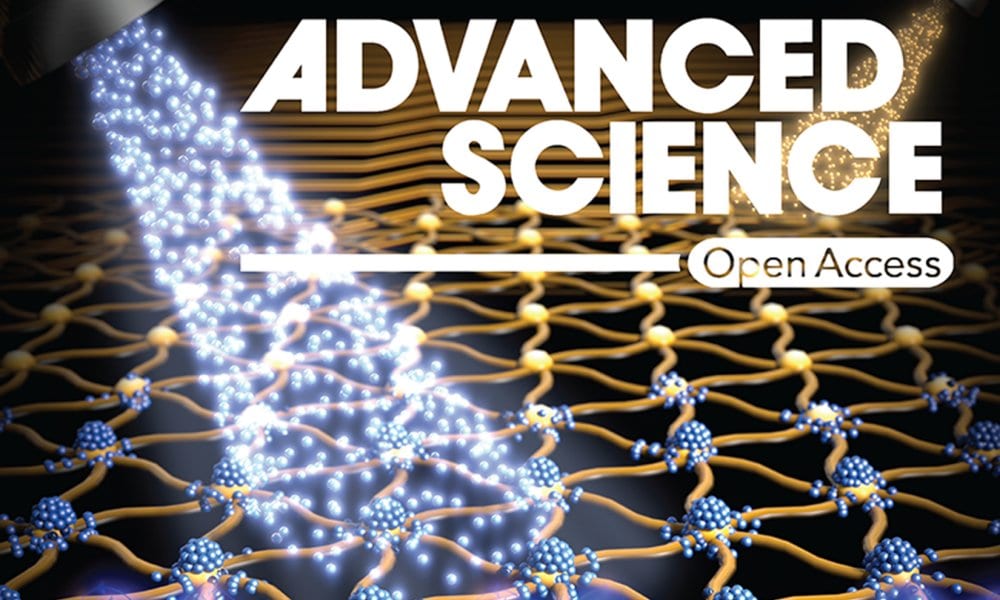

Advanced Science celebrates its new impact factor with the publication of an exclusive review issue.
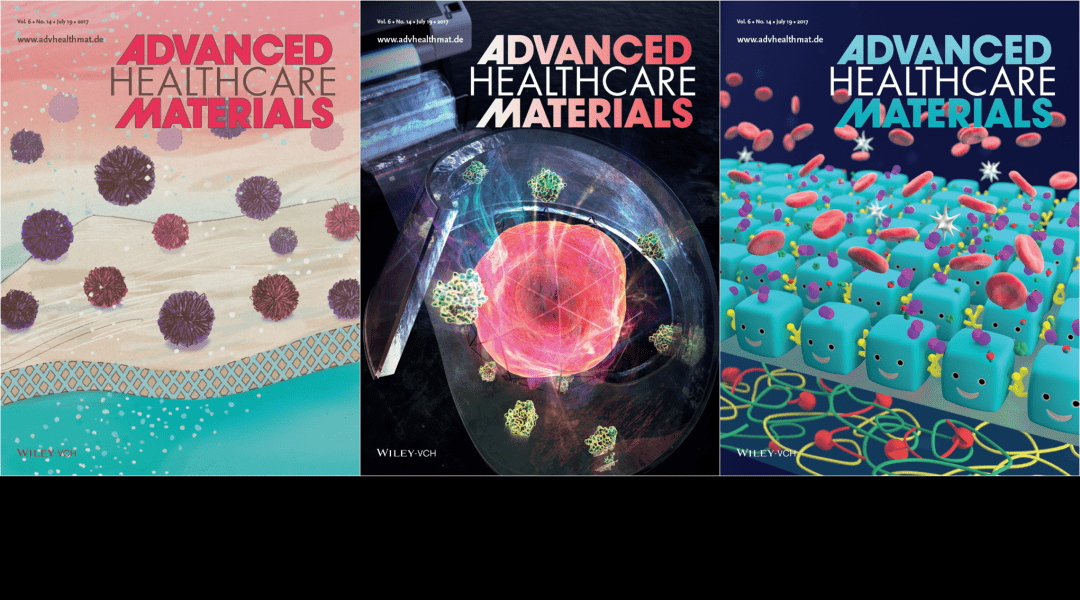
This week’s Advanced Healthcare Materials covers.
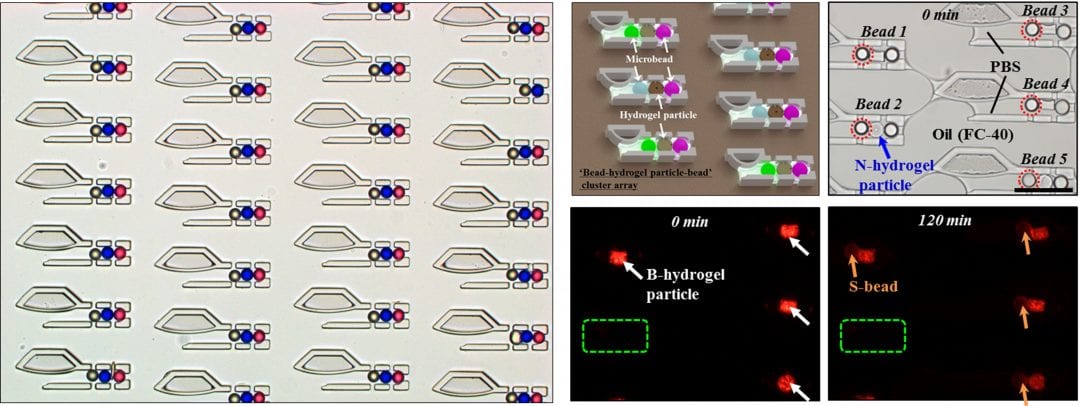
A novel microfluidic platform consisting of numerous hydrodynamically tunable pneumatic valves enables pairing and clustering of different particles.
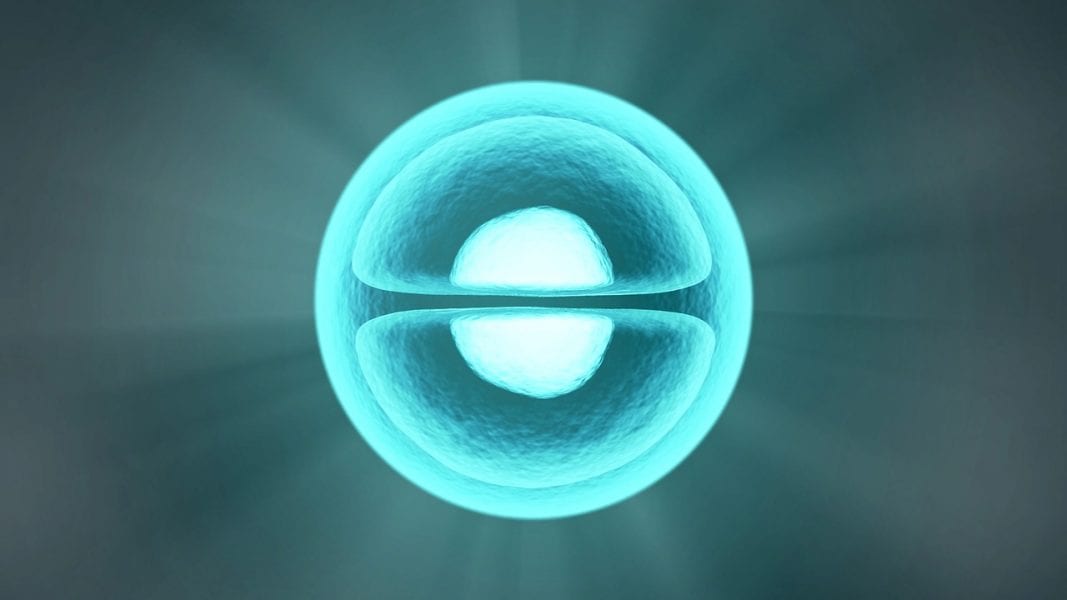
This month’s top Advanced Healthcare Materials papers.
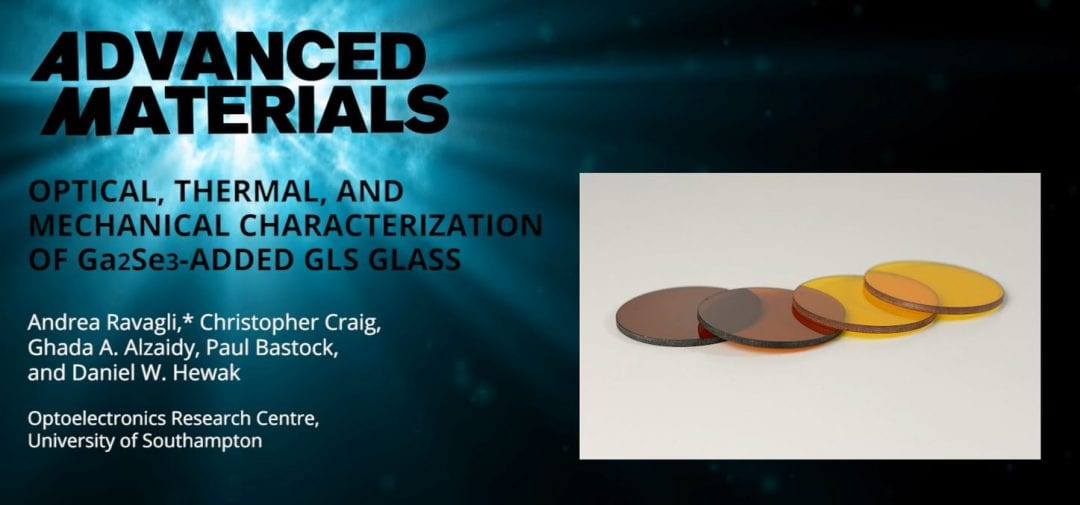
Researchers from the Optoelectronics Research Centre, University of Southampton, improve the infrared transmission range of GLS glass for devices with combined thermal and optical imaging.
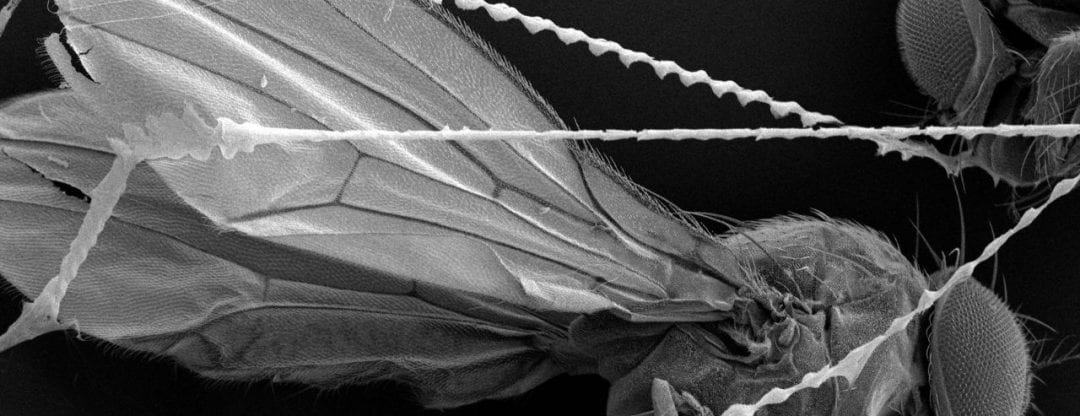
Researchers demonstrated how the silk of cribelllate spiders captures insects in a way that was previously unknown.
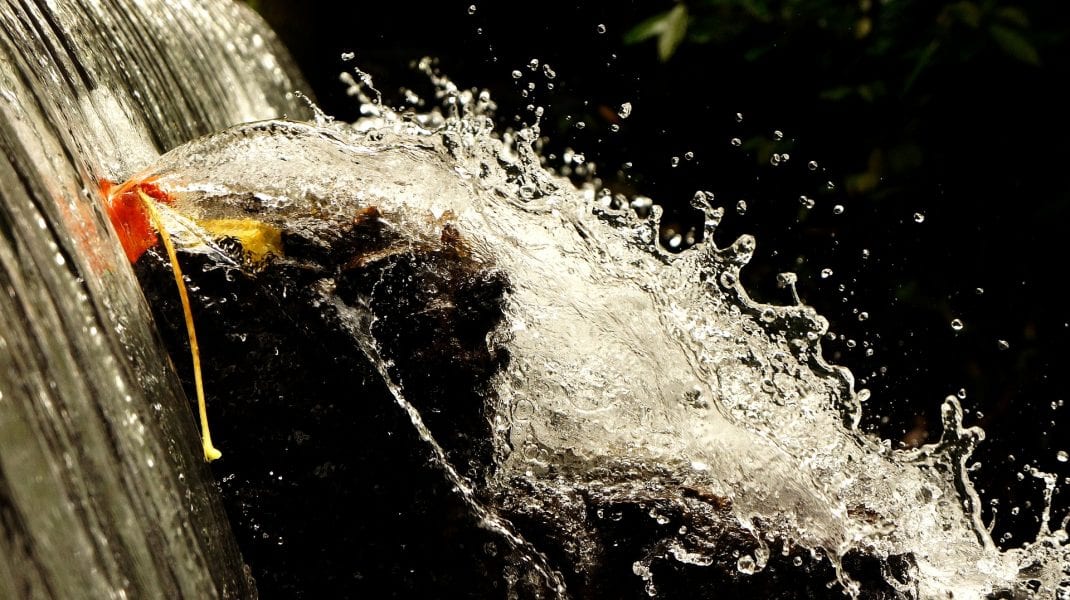
A Janus copper sheet with binary cooperative wettability shows excellent interfacial stability.
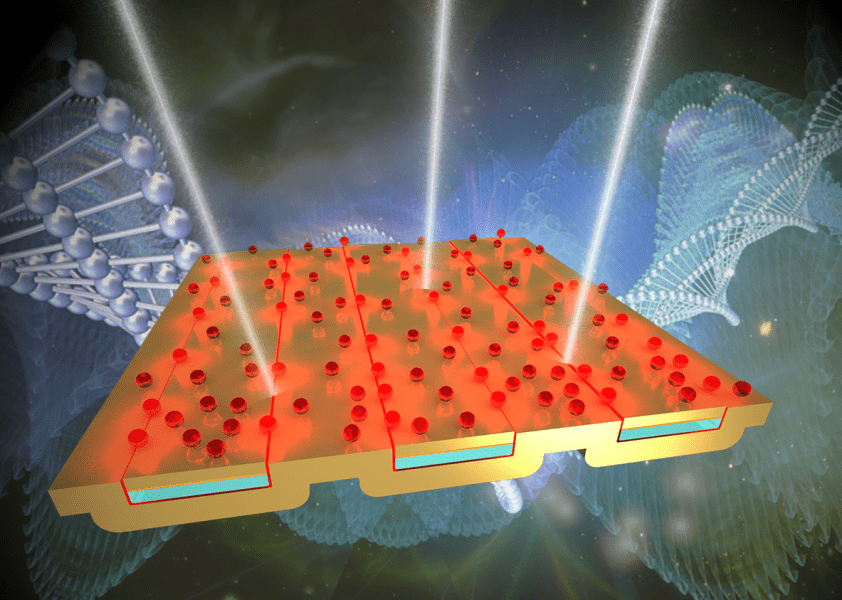
A metamaterial superabsorber structure with sub-5-nanometer gaps boosts the sensitivity of bio/chemical sensing.
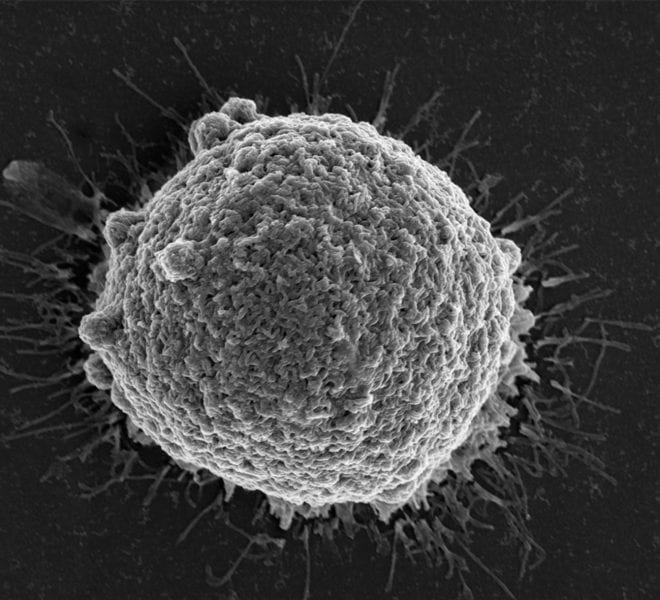
Fc-Mannose Binding Lectin presents a new broad-spectrum capture molecule for circulating tumor cells.
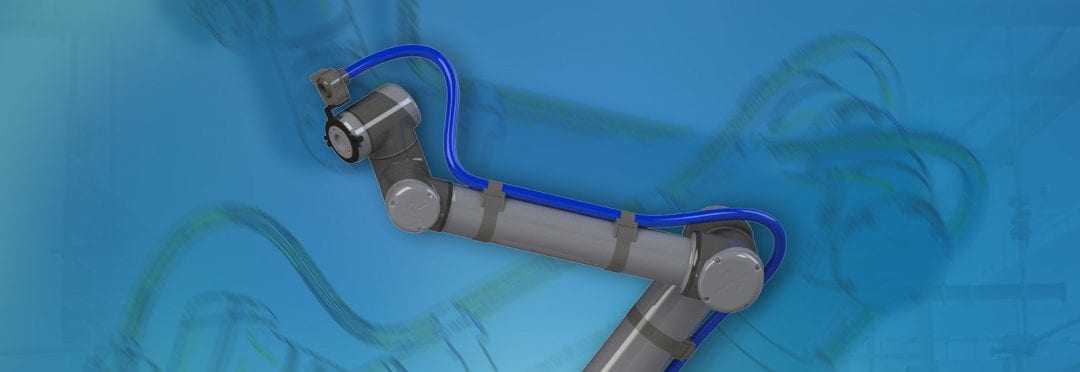
Leoni has developed a new solution for attaching components and dresspacks to lightweight and collaborative robots.